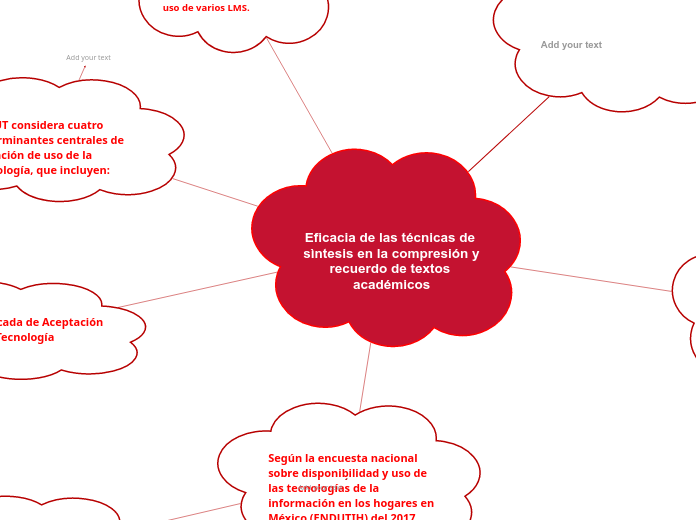Referencias. Abazi-Bexheti, L., Kadriu, A., Apostolova-Trpkovska, M., Jajaga, E., y Abazi-Alili, H. (2018). LMS solution: Evidence of Google Classroom usage in higher education. Business Systems Research Journal, 9(1), 31-43.Ajzen, I. (1991). The theory of planned behavior. Organizational Behavior and Human Decision Processes, 50(2), 179-211.Ajzen, I., y Fishbein, M. (1980). Understanding attitudes and predicting social behav- iour. Englewood Cliffs, EE UU: Prentice-Hall.Al-Maroof, R. A. S., y Al-Emran, M. (2018). Students acceptance of Google Classroom: An exploratory study using PLS-SEM approach. International Journal of Emerging Technologies in Learning (iJET), 13(06), 112.Bandura, A. (1986). The social foundations of thought and action. Englewood Cliffs, EE UU: Prentice Hall.Benitez-Amado, J., y Walczuch, R. M. (2012). Information technology, the organizational capability of proactive corporate environmental strategy and firm performance: a resource-based analysis. European Journal of Information Systems, 21(6), 664-679.Bharati, V. J., y Srikanth, R. (2018). Modified UTAUT2 model for m-learning among stu- dents in India. International Journal of Learning and Change, 10(1), 5.Bhat, S., Raju, R., Bikramjit, A., y D’Souza, R. (2018). Leveraging E-Learning through Google Classroom: A usability study. Journal of Engineering Education Transfor- mations, 31(3), 129-135.Bhimasta, R. A., y Suprapto, B. (2016). An empirical investigation of student adoption model toward mobile e-textbook. En Proceedings of the 2nd International Con- ference on Communication and Information Processing - ICCIP’16 (pp. 167-173). Nueva York, EE UU: ACM Press.Brown, S. A., y Venkatesh, V. (2005). Model of adoption of technology in households: A baseline model test and extensuin incorporation household life cycle. MIS Quar- terly, 29(3), 399-426. doi: 10.1080/01972240600791333Chen, J.-L. (2011). The effects of education compatibility and technological expectancy on e-learning acceptance. Computers & Education, 57(2), 1501–1511.Chin, W. W. (1998). The partial least squares approach for structural equation modeling. En G. A. Marcoulides (Ed.), Modern methods for business research (pp. 295-336). Mahwah, EE UU: Lawrence Erlbaum Associates.Chiu, C.-M., y Wang, E. T. G. (2008). Understanding web-based learning continuance intention: The role of subjective task value. Information & Management, 45(3), 194-201.Cope, B., y Kalantzis, M. (2009). Ubiquitous learning. (B. Cope y M. Kalantzis, Eds.). Chicago, EE UU: University of Illinois Press.Cruz Estrada, I., y Miranda Zavala, A. M. (Julio- diciembre, 2017). TICS en estudiantes universitarios de turismo de la Universidad Autónoma de Baja California, México. El Periplo Sustentable, 33, 528-563.Davis, F. D. (1989). Perceived usefulness, perceived ease of use, and user acceptance of information technology. MIS Quarterly, 13(3), 319.Davis, F. D., Bagozzi, R. P., y Warshaw, P. R. (1992). Extrinsic and intrinsic motivation to use computers in the workplace. Journal of Applied Social Psychology, 22(14), 1111-1132.Decˇman, M. (2015). Modeling the acceptance of e-learning in mandatory environments of higher education: The influence of previous education and gender. Computers in Human Behavior, 49, 272-281.
